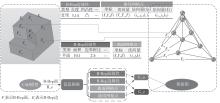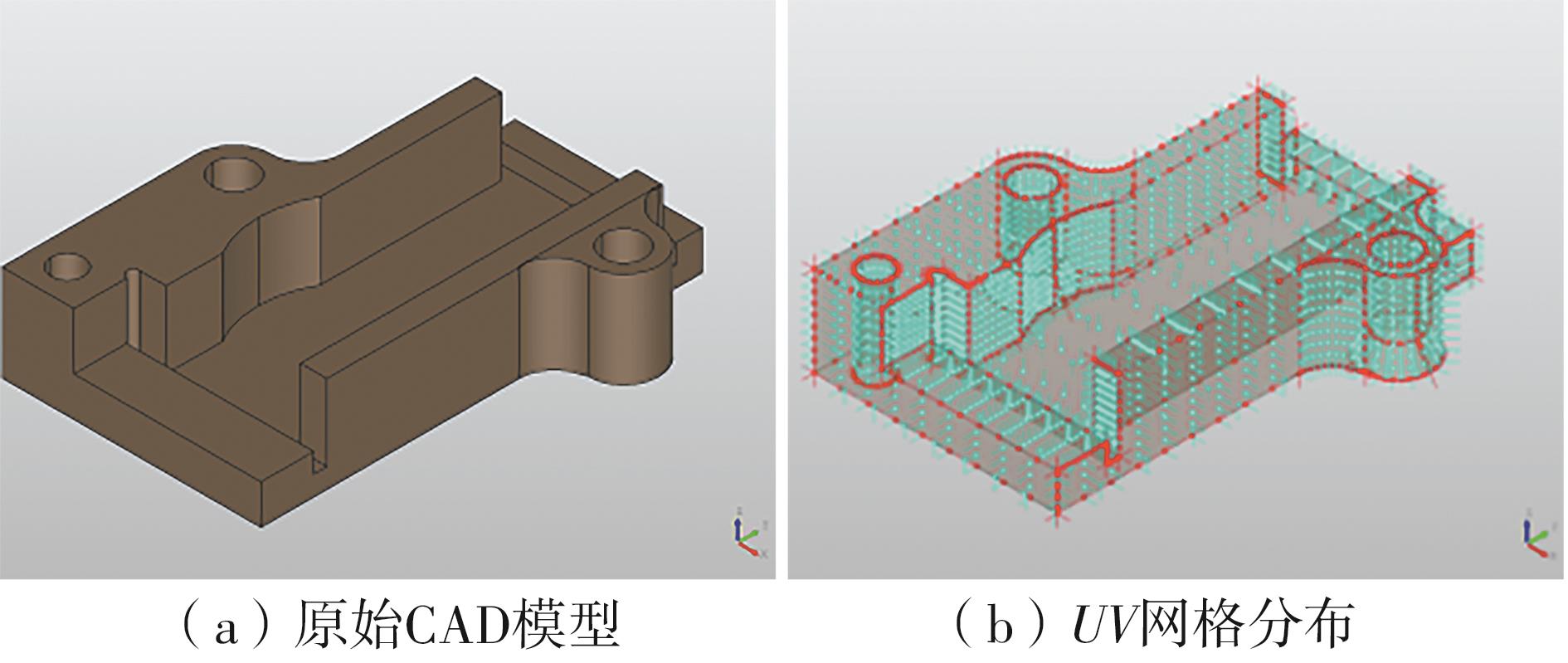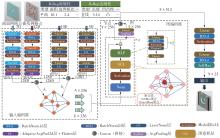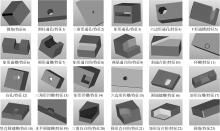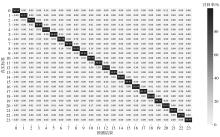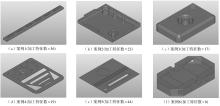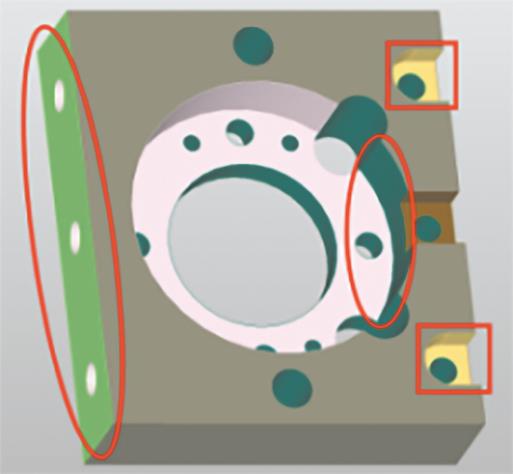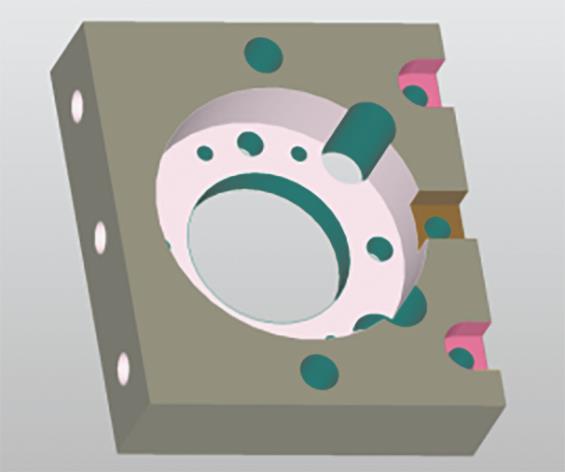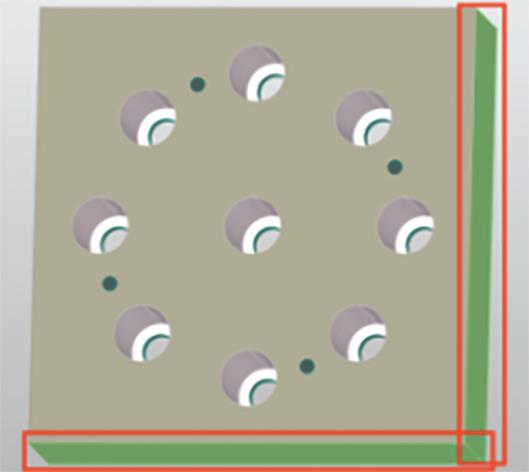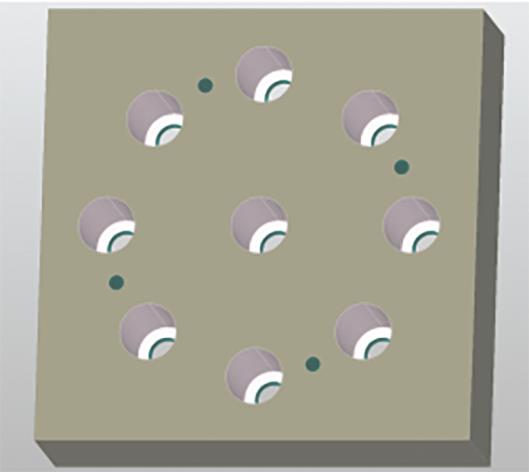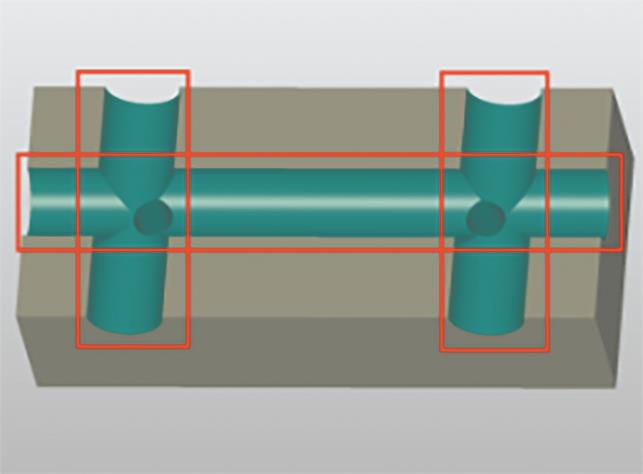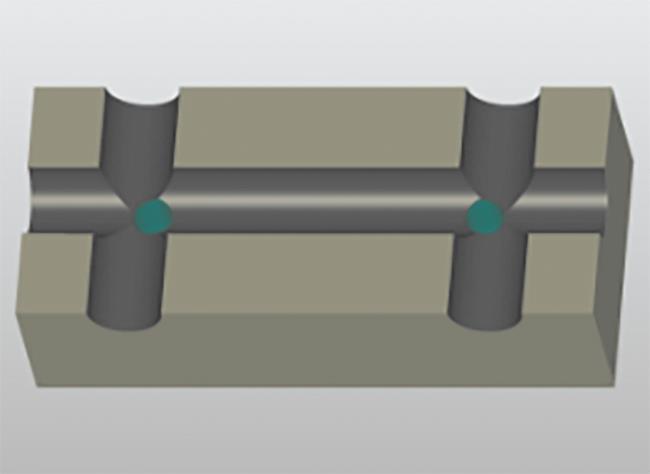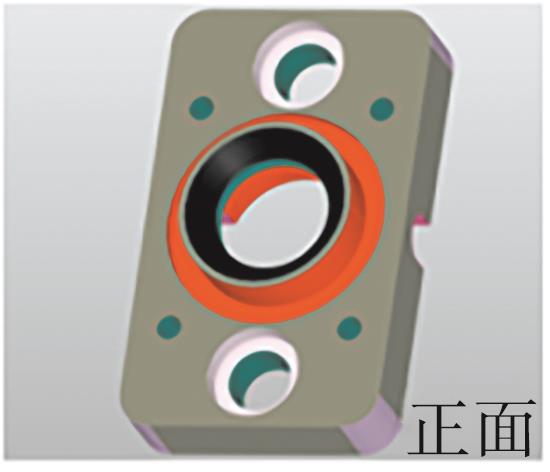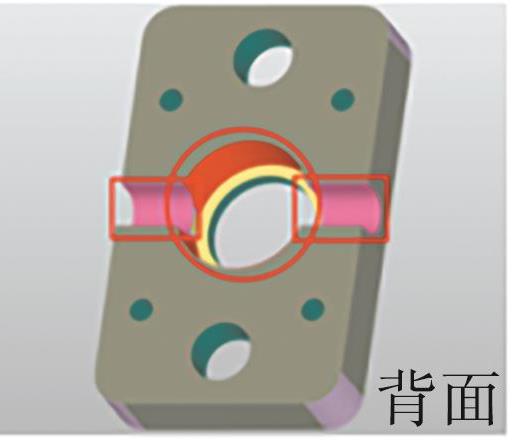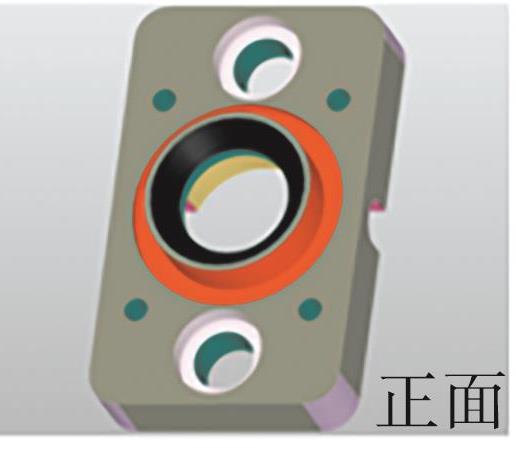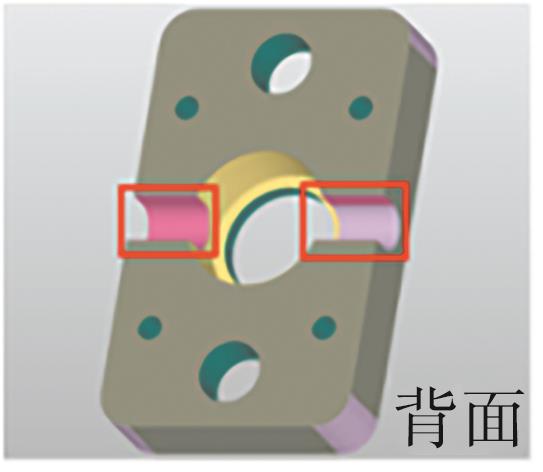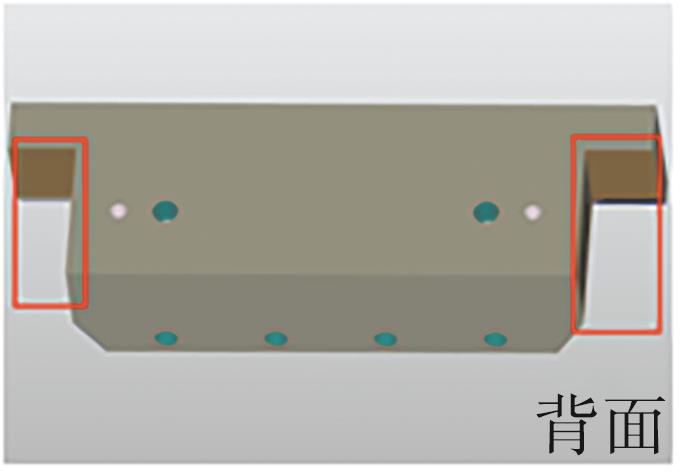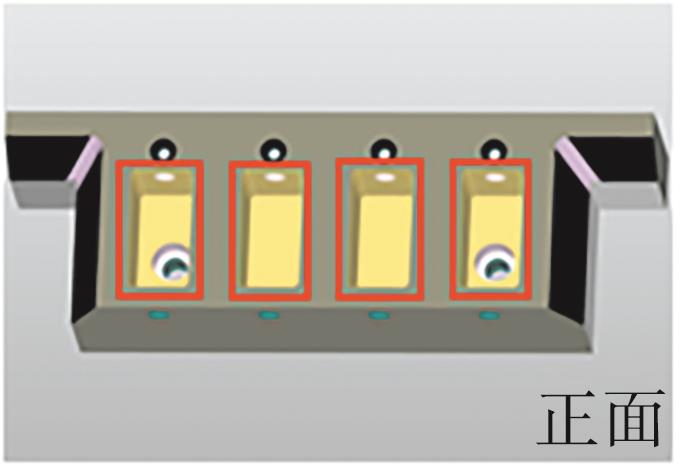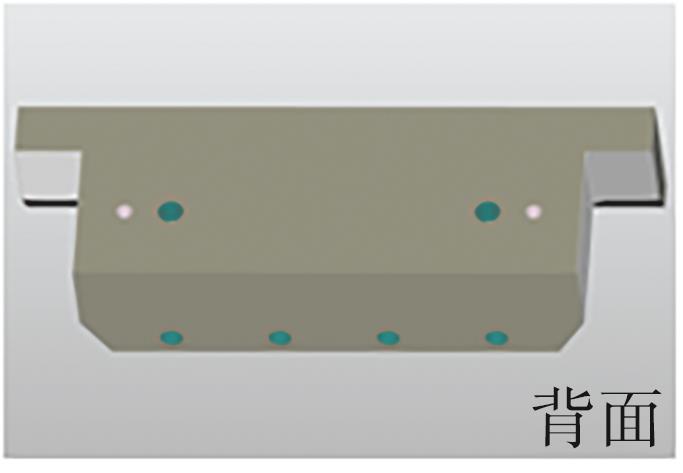| 1 |
KROT K, CZAJKA J .Processing of design and technological data due to requirements of computer aided process planning systems[C]∥Proceedings of the International Conference on Intelligent Systems in Production Engineering and Maintenance.Wroclaw:Springer International Publishing,2019:267-274.
|
| 2 |
BABIC B, NESIC N, MILJKOVIC Z .A review of automated feature recognition with rule-based pattern recognition[J].Computers in Industry,2008,59(4):321-337.
|
| 3 |
JOSHI S, CHANG T C .Graph-based heuristics for recognition of machined features from a 3D solid model[J].Computer-Aided Design,1988,20(2):58-66.
|
| 4 |
VANDENBRANDE J H, REQUICHA A A G .Spatial reasoning for the automatic recognition of machinable features in solid models[J].IEEE Transactions on Pattern Analysis and Machine Intelligence,1993,15(12):1269-1285.
|
| 5 |
ZHANG Y, LUO X, ZHANG B,et al .Semantic approach to the automatic recognition of machining features[J].The International Journal of Advanced Manufacturing Technology,2017,89:417-437.
|
| 6 |
赵鹏,盛步云 .基于切削体分解组合策略的工艺特征识别方法[J].华南理工大学学报(自然科学版),2011,39(8):30-35.
|
|
ZHAO Peng, SHENG Bu-yun .Craft characteristic recognition method based on the combination of cutting body decomposition[J].Journal of South China University of Technology (Natural Science Edition),2011,39(8):30-35.
|
| 7 |
VERMA A K, RAJOTIA S .A hybrid machining feature recognition system[J].International Journal of Manufacturing Research,2009,4(3):343-361.
|
| 8 |
HAN J H, PRATT M, REGLI W C .Manufacturing feature recognition from solid models: a status report[J].IEEE Transactions on Robotics and Automation,2000,16(6):782-796.
|
| 9 |
ZHANG Z, JAISWAL P,RAI R .FeatureNet:machining feature recognition based on 3D convolution neural network[J].Computer-Aided Design,2018,101:12-22.
|
| 10 |
SHI P, QI Q, QIN Y,et al .A novel learning-based feature recognition method using multiple sectional view representation[J].Journal of Intelligent Manufacturing,2020,31:1291-1309.
|
| 11 |
SHI P, QI Q, QIN Y,et al .Intersecting machining feature localization and recognition via single shot multibox detector[J].IEEE Transactions on Industrial Informatics,2020,17(5):3292-3302.
|
| 12 |
ZHANG H, ZHANG S, ZHANG Y,et al .Machining feature recognition based on a novel multi-task deep learning network[J].Robotics and Computer-Integrated Manufacturing,2022,77:102369/1-17.
|
| 13 |
HANOCKA R, HERTZ A, FISH N,et al .MeshCNN: a network with an edge[J].ACM Transactions on Graphics (ToG),2019,38(4):1-12.
|
| 14 |
FENG Y, FENG Y, YOU H,et al .MeshNet: mesh neural network for 3D shape representation[C]∥Proceedings of the AAAI Conference on Artificial Intelligence.Honolulu:AAAI,2019:8279-8286.
|
| 15 |
CAO W, ROBINSON T, HUA Y,et al .Graph representation of 3D CAD models for machining feature recognition with deep learning[C]∥Proceedings of the Design Automation Conference, the ASME International Design Engineering Technical Conferences and the Computers and Information in Engineering Conference.[S.l.]:American Society of Mechanical Engineers,2020,84003:V11 AT 11A003/1-11.
|
| 16 |
COLLIGAN A R, ROBINSON T T, Nolan D C,et al .Hierarchical CADNet: learning from B-Reps for machining feature recognition[J].Computer-Aided Design,2022,147:103226/1-16.
|
| 17 |
WU H, LEI R, PENG Y,et al .AAGNet: a graph neural network towards multi-task machining feature recognition[J].Robotics and Computer-Integrated Manufacturing,2024,86:102661/1-20.
|
| 18 |
JAYARAMAN P K, SANGHI A, LAMBOURNE J G,et al .UV-Net: learning from boundary representations[C]∥Proceedings of the IEEE/CVF Conference on Computer Vision and Pattern Recognition 2021.[S.l.]:IEEE,2021:11703-11712.
|
| 19 |
GILMER J, SCHOENHOLZ S S, RILEY P F,et al .Neural message passing for quantum chemistry[C]∥Proceedings of the International Conference on Machine Learning.Sydney:PMLR,2017:1263-1272.
|
| 20 |
KIPF T N, WELLING M .Semi-supervised classification with graph convolutional networks[EB/OL].(2016-09-09) [2024-06-15]..
|
|
1609.02907.
|
| 21 |
HAMILTON W, YING Z, LESKOVEC J .Inductive representation learning on large graphs[C]∥Proceedings of the Conference on Advances in Neural Information Processing Systems.Long Beach:[s.n.],2017:1025-1035.
|
| 22 |
XU K, HU W, LESKOVEC J,et al .How powerful are graph neural networks?[EB/OL].(2018-10-01) [2024-06-15]. .
|
| 23 |
LI G, XIONG C, THABET A,et al .DeeperGCN:all you need to train deeper gcns[EB/OL].(2020-06-13) [2024-06-15]..
|
|
07739.
|
| 24 |
MISRA D .Mish:a self regularized non-monotonic activation function[EB/OL].(2019-08-23) [2024-06-15]. .
|
